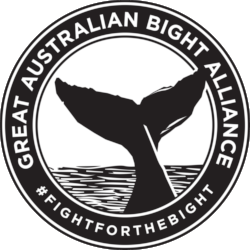Oil development causes seabed disturbance and smothering due to the placement of drilling rigs and the disposal of drill cuttings back into the marine environment.
In BP’s Summary Environment Plan, it claimed the risk of seabed disturbance and smothering to be of “minor significance.” However, this clearly trivialises the fact that the permits overlay the new Great Australian Bight Marine Reserve, and in particular those parts of the Reserve that were formerly part of the designated Benthic Protection Zone of the Great Australian Bight Marine Park.
The first systematic identification of macroinfauna (organisms living in the sediment and visible to the eye) in the region took place in 2015. A diverse range of benthic invertebrates were discovered, of which roughly half are new to science and suggest new and endemic fauna in the region. The benthic invertebrate communities of the eastern Great Australian Bight are one of the key conservation values intended to be protected by the International Union for the Conservation of Nature (IUCN) Category VI area of the new Great Australian Bight Marine Reserve in the central Bight.
Previous Environmental Protection and Biodiversity Conservation Act 1999 (EPBC Act) referral documentation prepared by BP estimated that around 300ha of seafloor (and benthic communities) will be smothered as a result of rig footprints and cuttings disposal from its proposed four well drilling program.
Very little is known about the likely significance of this scale of disturbance on these highly diverse, endemic and little-studied benthic ecological communities either within or outside the Great Australian Bight Marine Reserve. The cumulative impact of increasing numbers of exploration wells and/or production wells in the Great Australian Bight (as envisaged by the current set of Bight Basin Exploration Permit for Petroleum (EPP) work programs) would likely present a cumulative impact of still greater significance.
